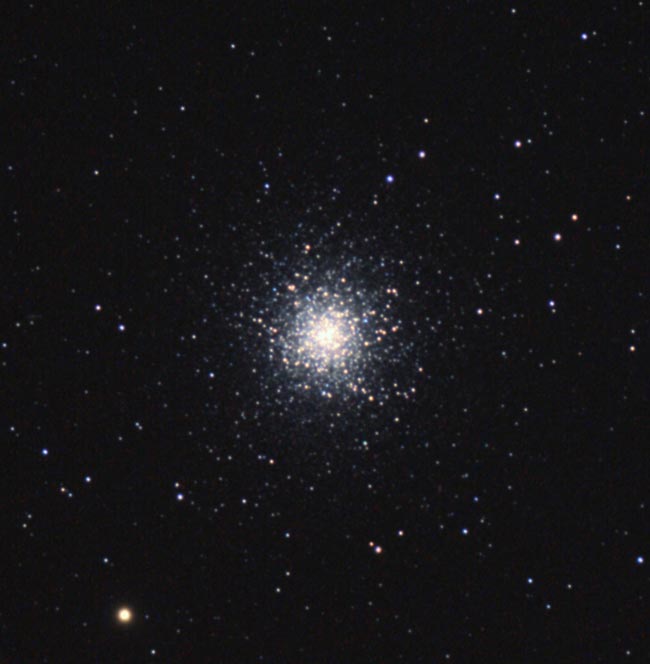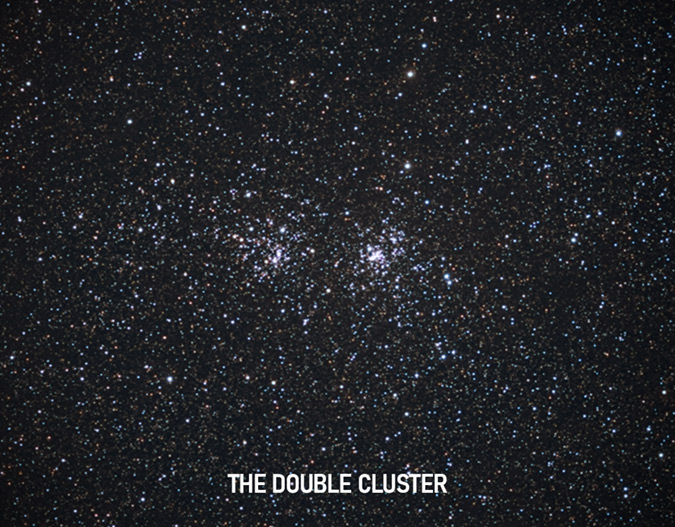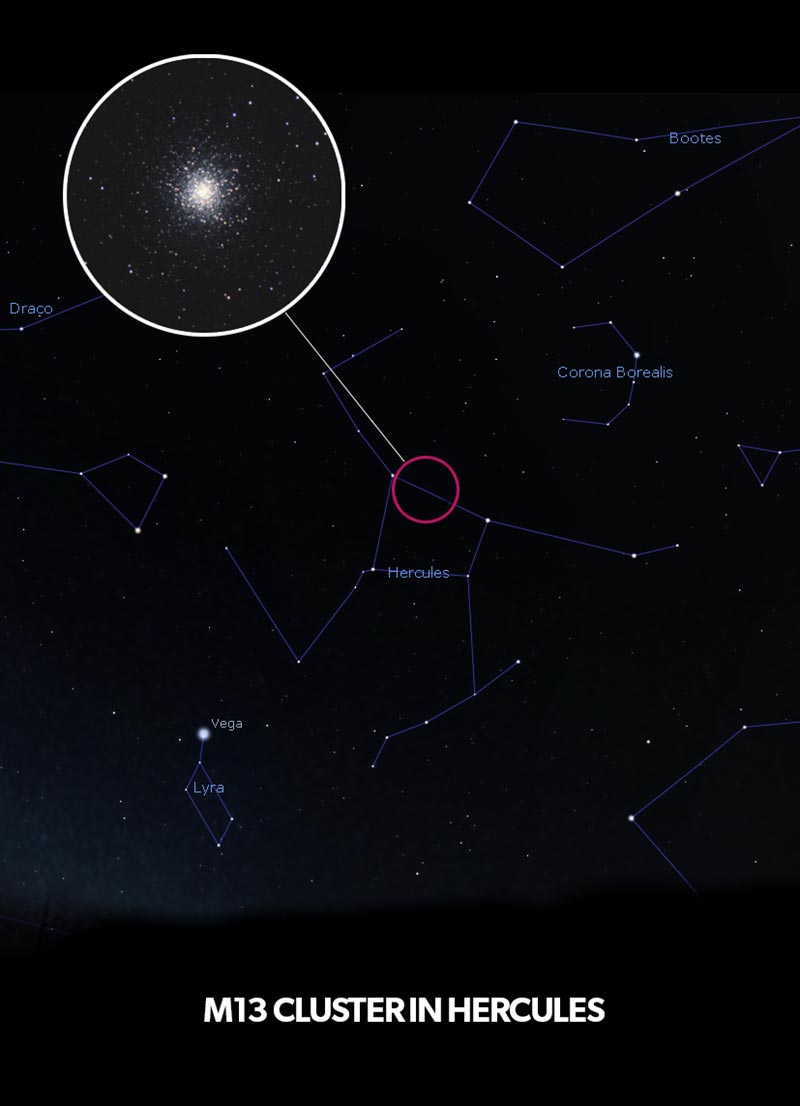What is a Globular Cluster?
A globular cluster is a dense aggregate of stars, spherical and symmetrical in shape. They are almost as old as the universe itself.
Globular clusters are ancient, spherical collections of some of the oldest stars in the cosmos. The clusters are giant – they contain millions of stars densely packed together symmetrically. The oldest globular cluster has been around for about 103 billion years, and scientists believe studying them may reveal secrets about the universe’s creation.
They surround most spiral galaxies and reside in the star halo. No conclusive answer on how globular clusters form exists, but some theories suggest their creation occurs in the star halo around a galaxy’s center. The galaxy spans out around them, becoming a spiral galaxy. Galaxies usually have several hundred globular clusters, and the Milky Way is estimated to have up to 200.
The Great Globular Cluster in Hercules. Photo by Trevor Jones.
How Many Stars Are in a Globular Cluster?
Globular clusters contain 100,000 to 10 million stars and stretch over 300 light-years across. The stars are most densely collected in the center, tightly bound by strong gravitational forces.
Within a cluster, the stars move randomly to avoid colliding with one another. The cluster moves as a whole, orbiting its galaxy.
Messier 3 in Canes Venatici. NASA, ESA, STScI and A. Sarajedini
Their stars formed in the early universe and, unlike younger stars, have a complete absence of metals. Heavy elements and metals were formed inside stars, meaning globular structures formed before the first stars and galaxies existed.
Multiple generations of stars reside inside globular clusters with an age difference accounting for only 1% of the cluster’s lifetime. The oldest stars are in the center of the structure. When they die, they release all the gas they collected over their lifetime.
Younger generations absorb the gas, resulting in different chemical compositions.
Related Article: Stellar Populations of Globular Clusters
What is the difference between a globular cluster and an open cluster?
Through a telescope, a globular cluster appears as a round ball of light. Its center is tightly packed and made of an indistinguishable myriad of stars. Open clusters are much more irregular in shape, less densely packed, and unsymmetrical.
Open clusters are considerably smaller, containing only hundreds of stars rather than billions. A younger type of cluster, their life span is only a few hundred million years. Their stars form inside a giant molecular cloud and are all roughly the same age.
Spiral and irregular galaxies where star formation is actively occurring contain open clusters. Due to the age of globular clusters, star formation ceased in them long ago.
The Double Cluster in Perseus is an example of an Open Cluster.
Observing Globular Clusters
The most famous globular cluster is the M13, found in the constellation of Hercules. Often referred to as the Great Globular Cluster, its stars are so densely packed they collide with one another, creating new stars known as ‘blue stragglers.’ It is the only observed globular cluster that has created new stars.
The M13 globular cluster in Hercules is one of the best beginner deep-sky objects to observe through a telescope. Even a small 80mm refractor is enough to spot the dense grouping of stars in Hercules.
A Dobsonian telescope with at least 8″ of aperture will allow you to view the globular cluster in Hercules (and many more) in detail. This telescope design is what I recommend for beginners looking to purchase their first telescope.
The location of the Great Globular Cluster in Hercules. Image created using Stellarium.
The Best Globular Clusters to Observe with a Telescope or Binoculars
Globular clusters are a great beginner-friendly target that you can view in less-than-ideal observing conditions. They generally have a high surface brightness, meaning you can even find many of them from your own backyard in the city.
Another fantastic globular cluster that you can view through a telescope is M22 in Sagittarius. In the northern hemisphere, this area of the night sky is best enjoyed in the late spring and summer months.
Also known as the Sagittarius Star Cluster, M22 is the brightest globular cluster in our sky. Its stars are 13 billion years old, almost as old as the universe itself. Here are some more fantastic globular clusters to observe through a telescope or binoculars.
The location of M22 (globular star cluster) in Sagittarius. Photo by Trevor Jones.
A brighter globular cluster is easier to locate and observe than a dim one, but the degree of condensation is an important factor to remember as well. This refers to how densely packed the stars are in the cluster.
A compact, dense cluster of stars will be easier to spot thanks to greater contrast between the object and the surrounding night sky. I have learned a lot about observing globular clusters from the following article: A Guide to Globular Clusters.




